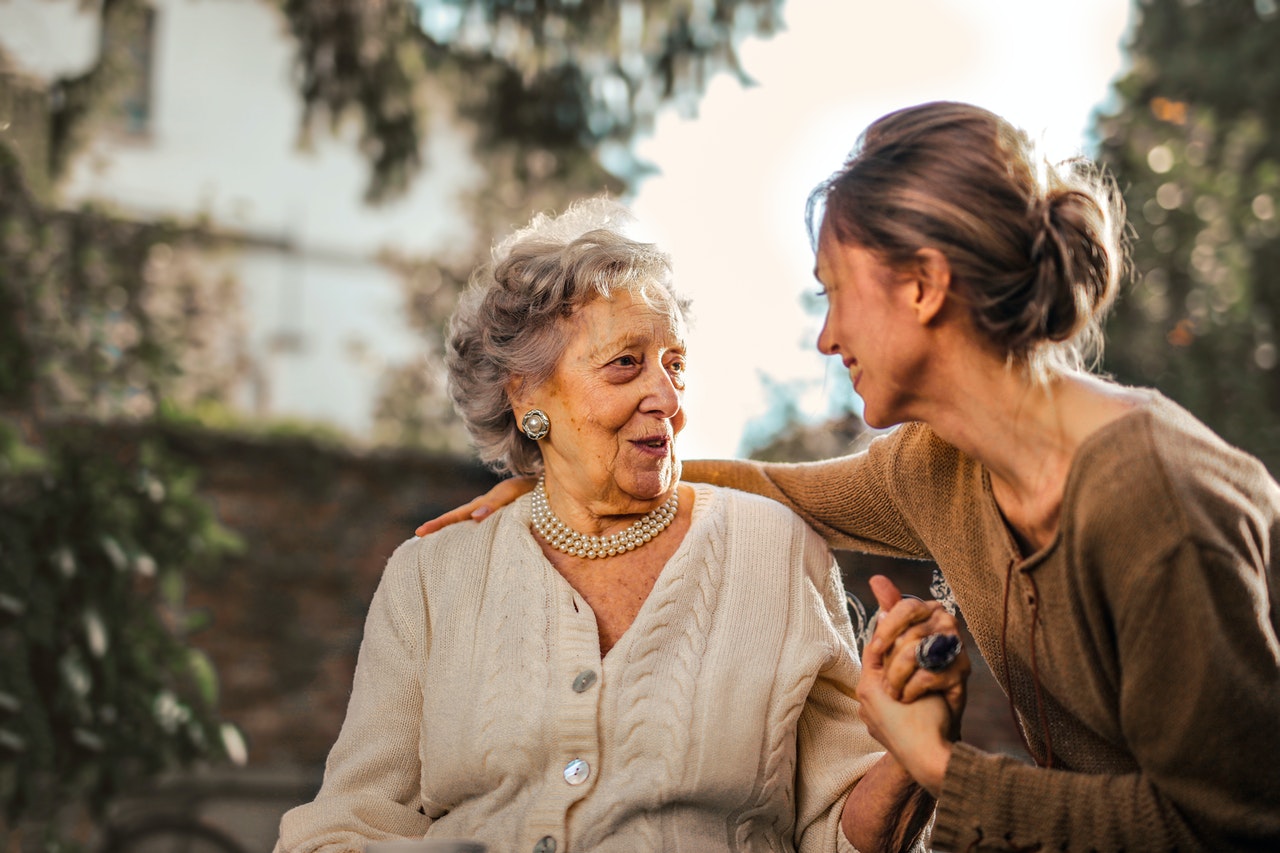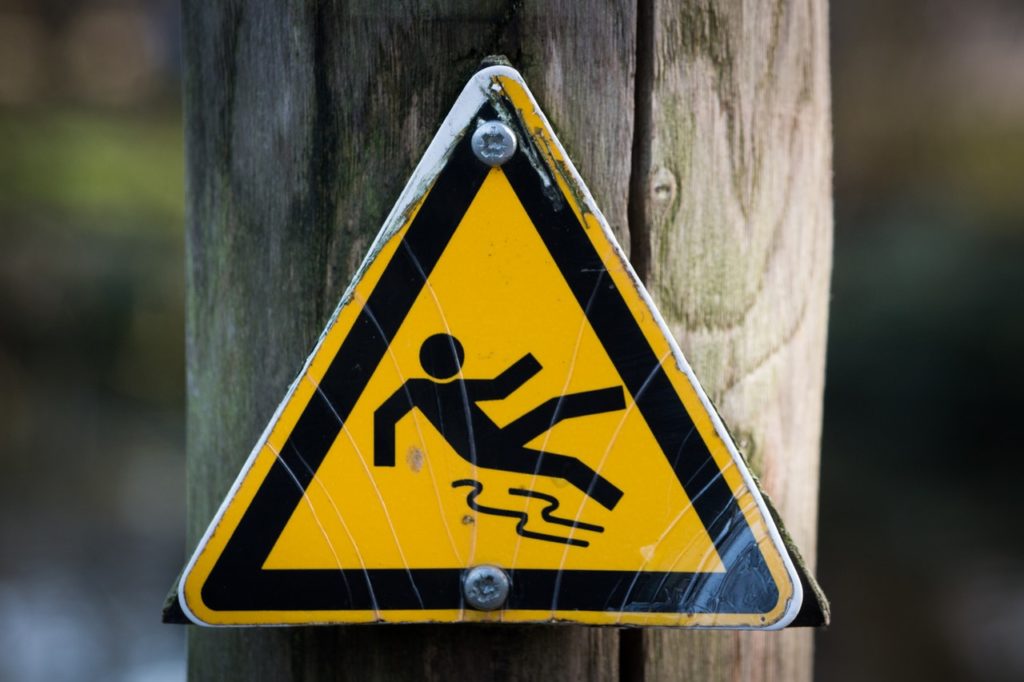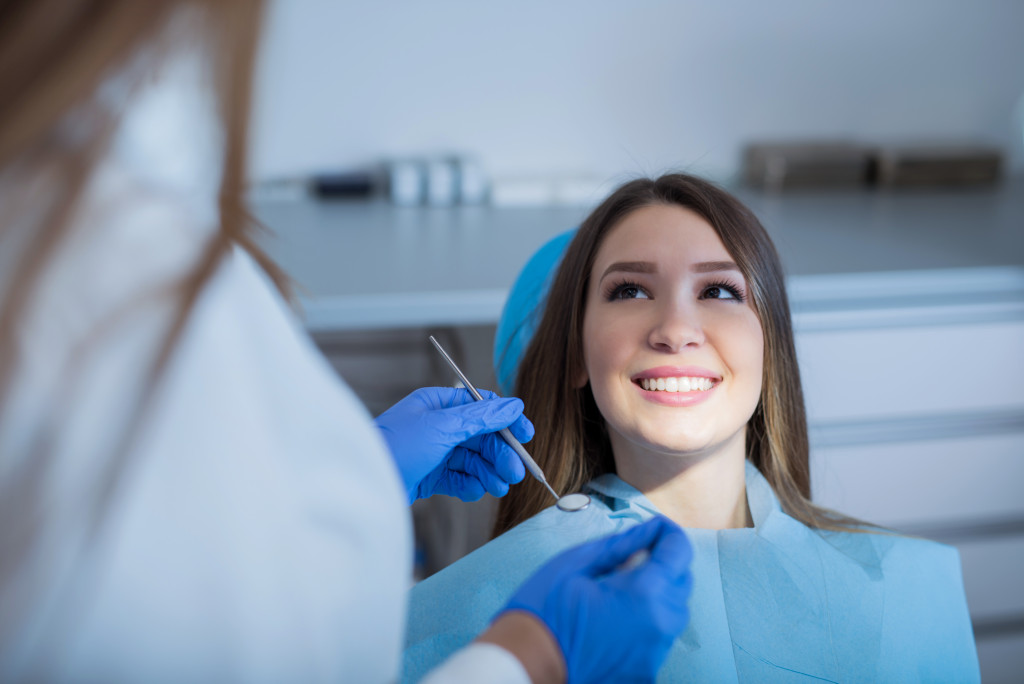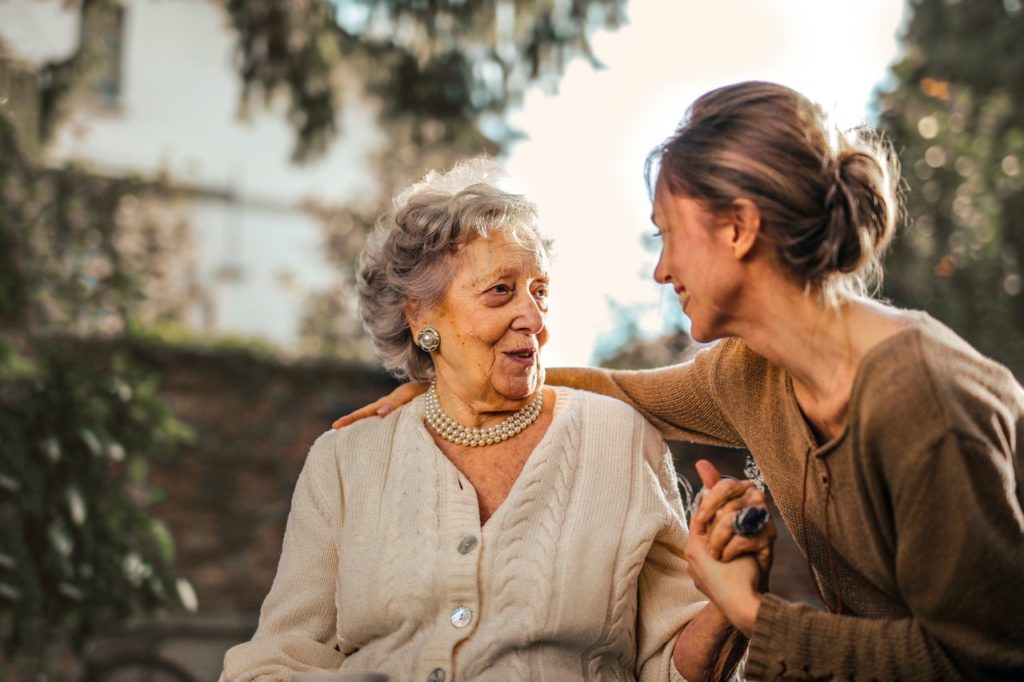Simple accidents can change one’s life, from slipping on the bathroom floor to falling down the stairs. If you get into these mishaps, you can break a bone or two, like millions of older men and women do every year. For older individuals, a break can be the beginning of more severe issues, such as trips to the emergency room (ER), injuries, or disabilities.
Whether you’re taking care of your grandparents, aging parents, or working at a retirement home, doing the strategies below can mitigate the risks of slipping, falling, and acquiring broken bones in seniors.
Consult a Physician
Although falls and fractures are quite common in the elderly, it’s not inevitable — and you can help prevent them. The best way to protect your elder is by bringing them to their doctors to assess what may be contributing to their risks of falling or slipping and suggest personalized strategies and programs for improving mobility. These can include regularly getting back pain relief treatments from a chiropractor or exercising to a specific time frame every day.
Create a Senior-Proof Home
Most falls get caused by a loss of proper footing or slipping associated with several environmental hazards. An ideal home for any senior is one that’s fall-proof, featuring non-slip floors throughout the house, ranging from the bathroom to the bedroom. Although this can be unattainable for many, especially for older individuals living in multi-level homes, there are a couple of modifications you can do to reduce a senior’s fall risk.
These include:
-
- Keeping all rooms around the house free from clutter
- Ensuring all carpeted areas have skid-proof backings
- All stairwells have handrails on both sides
- Bathrooms have grab bars beside the tub, showers, and toilets
- There are light switches around the entry points of all rooms
Let Seniors Wear ‘Appropriate’ Shoes
Seniors often have a ‘go-to’ pair of footwear, but these often impose serious fall hazards. The best type of shoes to let seniors wear are those supportive low-heeled shoes with non-slip soles. It’s best to buy two pairs, one for indoors and outdoors. Encourage them to avoid walking around using socks, stockings, or strapless sandals.

Encourage Regular Physical Activity
Engaging in regular physical activities is the first line of defense of seniors against falls and fractures. As individuals get older, they naturally start losing more muscle mass and less active over time, leading to decreased strength, coordination — and increased fall risk. Work with a physician or physical therapist to make an exercise program ideal for your elder.
Let Seniors Use Mobility Aids Prescribed By Doctors
Most seniors are reluctant to get and use mobility aids even if they can drastically help them move around better and live safe and active lives no matter their age. However, slowly easing them into it is possible — and can potentially save their lives in the future. So, be patient and ensure you’re giving them the right mobility aid they need by consulting with a physical or occupational therapist and letting them assess your elder’s physical capabilities.
Take Seniors to Get Annual Eye Exams
Even the tiniest changes in one’s eyesight can make them prone to falling, which is relatively common in seniors. Encouraging older loved ones to wear their eyeglasses regularly, so they can see their surroundings better is ideal. Plus, taking them to get regular eye exams is recommended. It helps ensure a senior is wearing the right prescription glasses and see if they’re developing any eye conditions common in aging.
Monitor Medication Side Effects
As people age, they’re likely to suffer from various medical conditions that need to be managed with medication. In fact, research shows that 30% to 40% of seniors today take five or more prescribed medicines, all of which have side effects and potential for dangerous drug interactions. These may lead to mobility issues, affecting their blood circulation, sensation, and mental alertness — making them more prone to getting into accidents, such as falling.
Falls are among the most common reasons for seniors’ trips to the emergency room, causing broken bones and joint misalignments. Fortunately, seniors can avoid all of these no matter their age by following the prevention tips mentioned — keeping bones robust and healthy.







